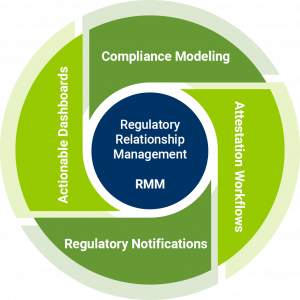
Share posts
Speak with a compliance expert today to learn how your enterprise
can benefit from Infobelt’s services.

Rijil is responsible for overseeing the day-to-day operations of Infobelt India Pvt. Ltd. He has been integral in growing Infobelt’s development and QA teams. Rijil brings a unique set of skills to Infobelt with his keen understanding of IT development and process improvement expertise.

Kevin is a co-founder of Infobelt and leads our technology implementations. He has in-depth knowledge of regulatory compliance, servers, storage, and networks. Kevin has an extensive background in compliance solutions and risk management and is well versed in avoiding technical pitfalls for large enterprises.